The Most Dangerous Mountains In The World
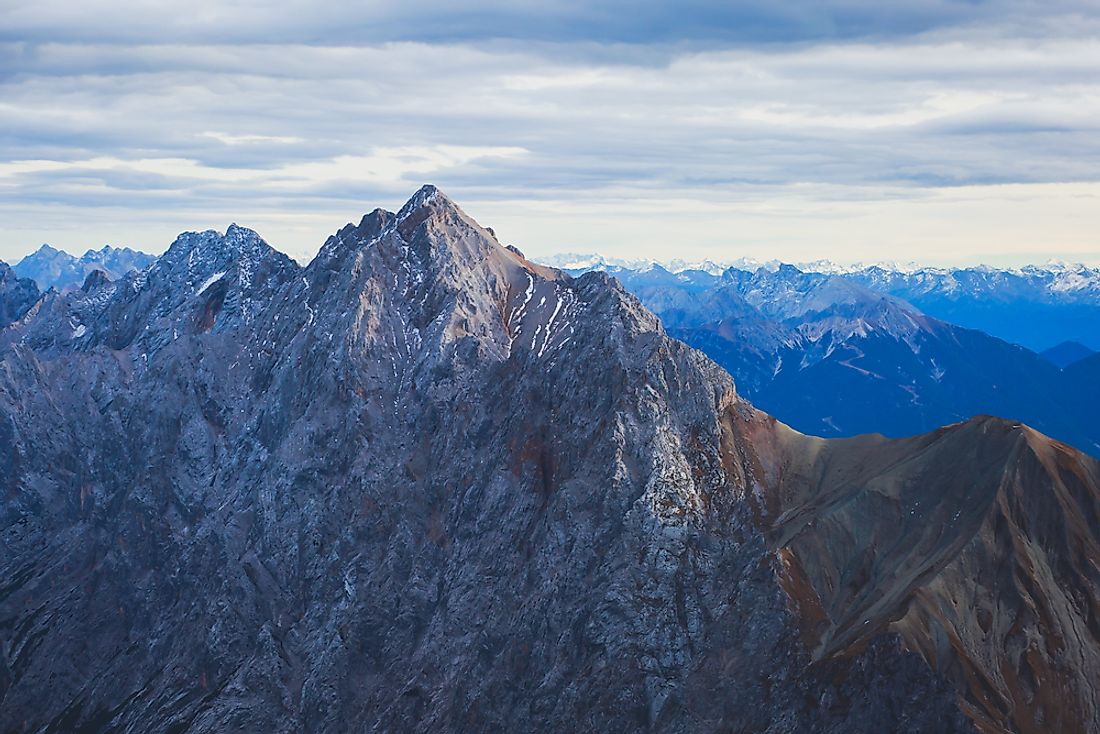
Mountain climbing is a favorite hobby of many people all over the world, but it is a sport that can sometimes have extreme consequences. Climbing Mount Everest, the tallest mountain in the world, may be a bucket list item for many, but it is an extremely dangerous endeavor that has claimed the lives of many throughout the years. Here is a list of the world's most dangerous mountains to climb.
10. Mount Eiger
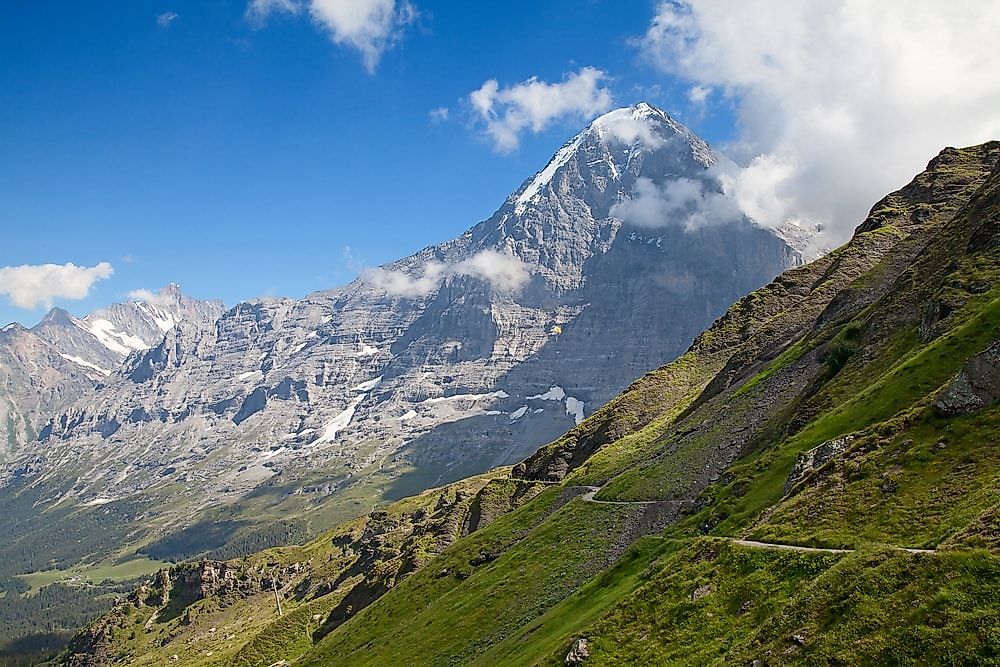
Mount Eiger, which stands 13,020 feet above sea level, is located in Switzerland. The first successful climb was in 1858 on the western slope. However, the north face is what draws the attention of climbers. The first attempt to climb the north face was made in 1935. However, the two climbers perished due to stormy weather. One year later another group tried. One died during training, and the other four died due to avalanches. In 1937, two more climbers attempted to climb unsuccessfully, however, they returned alive. A group of four successfully climbed the north face in 1938.
9. Mount Annapurna
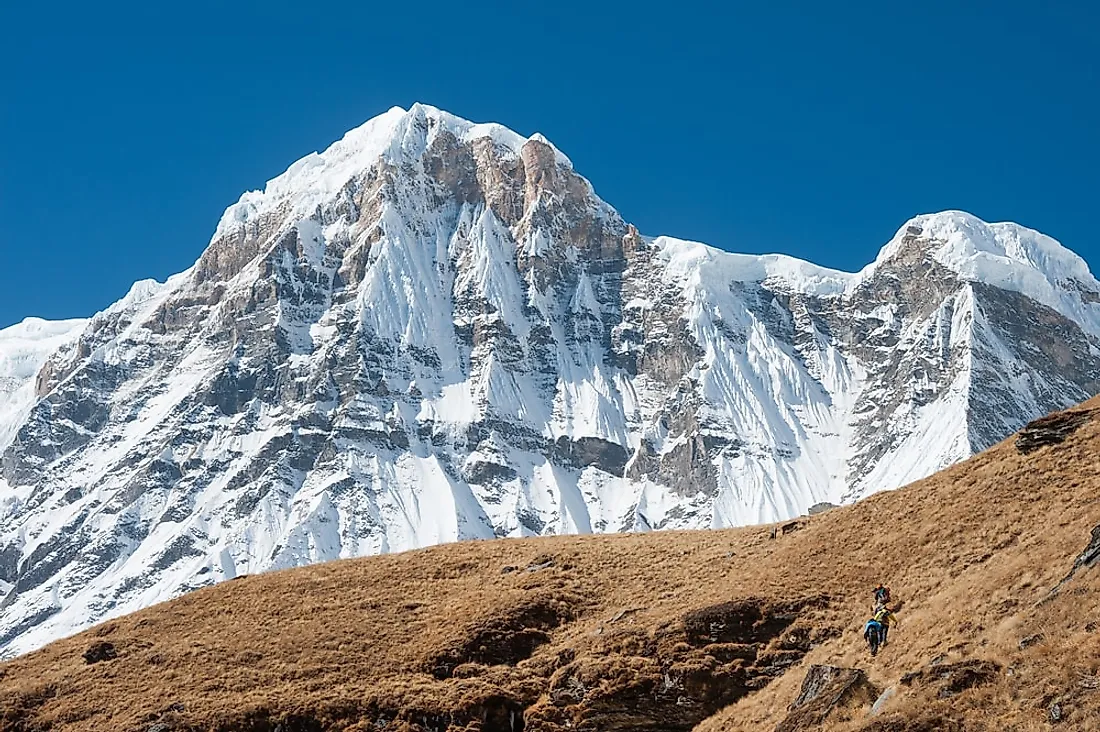
Mount Annapurna is found in Nepal. At 26,246 feet, it is one of the tallest peaks and has attracted many climbers. In fact, in 1950, the summit was reached on the first attempt. Since then, around 191 people have successfully climbed Annapurna. Seventy-two people have died on this mountain largely due to avalanches. The most recent death was in March 2015.
8. Mount K2
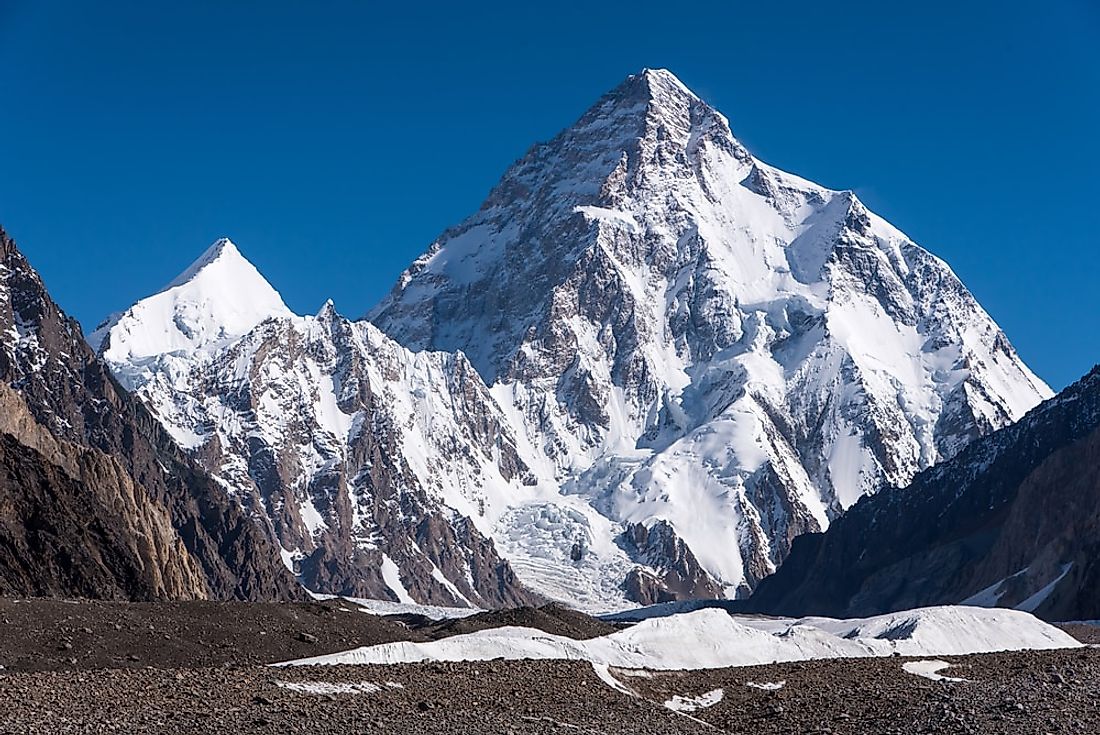
Mount K2 is located on the China-Pakistan border and is the second highest mountain in the world at 28,251 feet above sea level. Around 300 people have successfully reached the top but the way up is treacherous. For every four climbers, one die, and there have been 83 recorded deaths since 1939. The causes of these deaths are many, and they include: avalanches, becoming lost, falls, storms, and altitude sickness. The second expedition in 1909 did not end in success for climbers although they did reach 20,510 feet. K2 was left alone for nearly 30 years before another summit was attempted. That was in 1938, but nobody reached the top of the mountain until July 31, 1954.
7. Mont Blanc
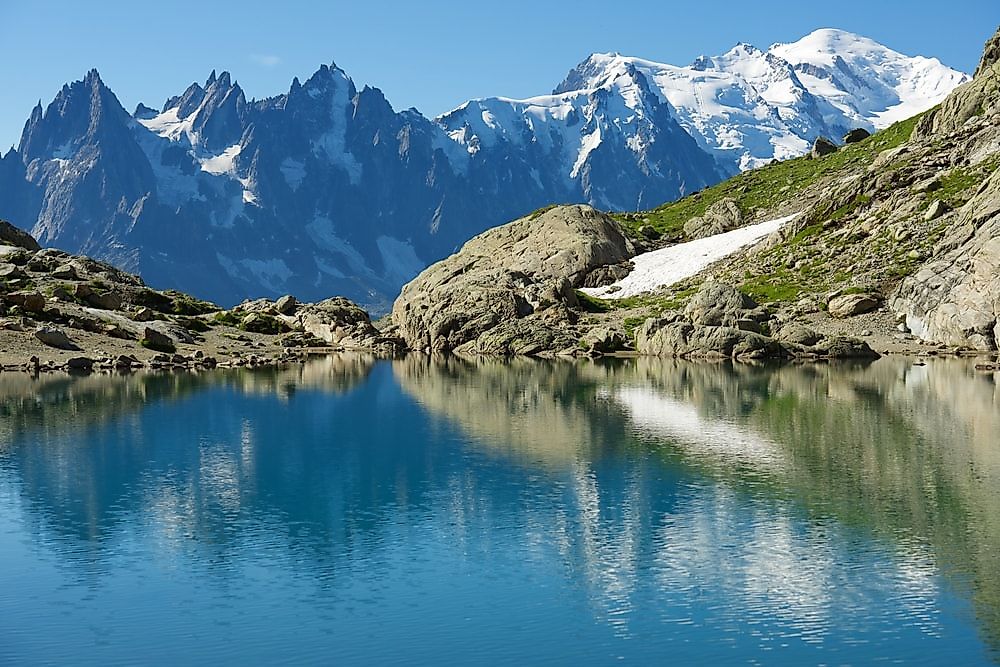
Mont Blanc, the tallest mountain in the Alpine range, holds the distinction of the highest number of fatalities. On average, attempting to climb this peak results in 100 deaths per year and over 6,000 deaths in total, making this the deadliest mountain in the region. Remarkably, the first successful attempt on Mont Blanc was in 1786, long before any modern climbing technologies. The first woman climbed the mountain in 1808, and the next climb was not until 30 years later, also by a woman. US President Theodore Roosevelt, before holding office, also led an expedition to the top in 1886. Another interesting trip up was in September of 2007 when a group of 20 climbers set up a hot tub on the summit.
6. Nanga Parbat
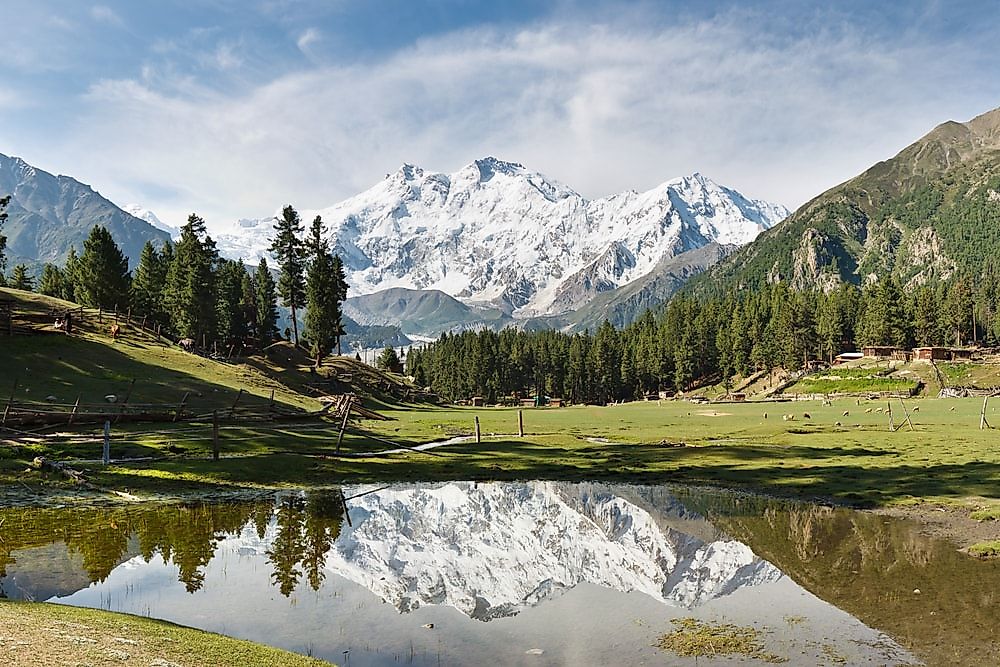
The Nanga Parbat is on the western end of the Himalayas and is passed by the Indus River. Located in Pakistan, this mountain is known as one of the “eight-thousanders” - a highly sought after conquest. With a height of 26,600 feet, it has earned its nickname: “killer mountain”. The Nanga Parbat became popular with German climbers in the 1930’s because the K2 was too difficult to reach and only the British had access to Mount Everest. Various failed attempts and several deaths would occur before the first successful ascent. Bad weather and avalanches hindered previous progress, but in 1953, Austrian Hermann Buhl made it to the top alone. He had set out with a group who gave up before the summit. Coca tea and stimulant drugs aided his ascent and he took a dramatic 24 hours to make it back down to camp. By 1953, the mountain had already claimed the lives of 31 people.
5. Mount Kanchenjunga
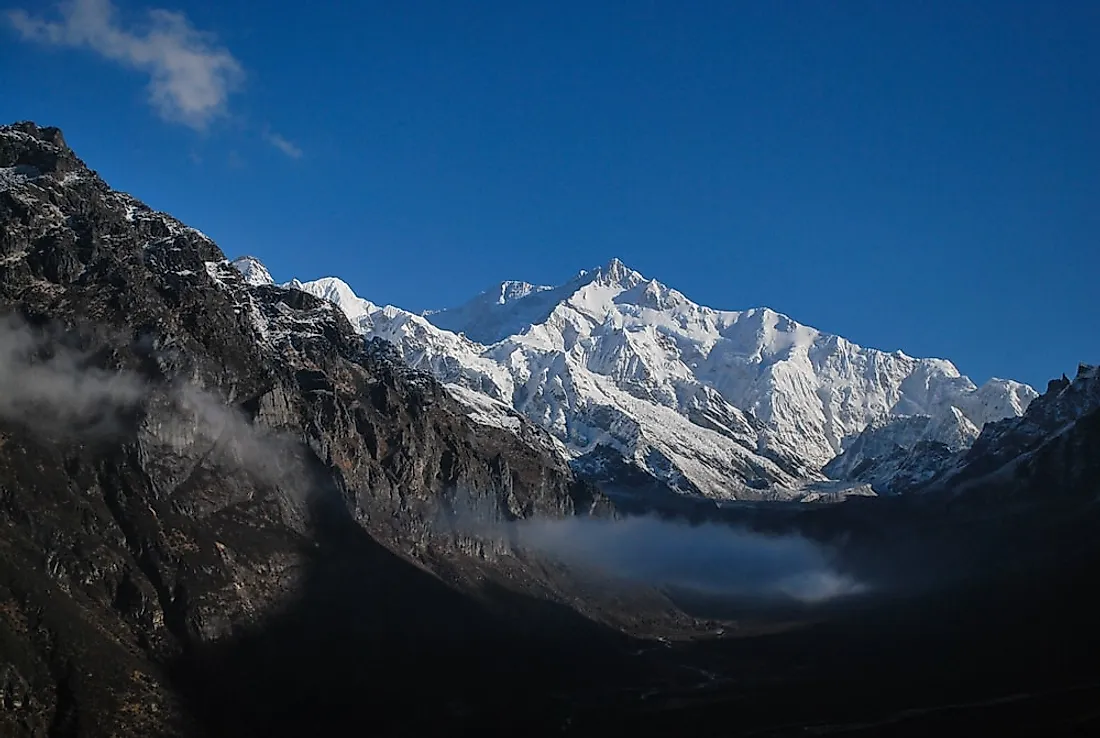
Mount Kanchenjunga, divided between Nepal and India, is the third highest mountain in the world. Part of the 8,000-meter club, it reaches an astonishing 28,269 feet. One of the earlier climbing attempts in the area was in 1853. At this time, a group of explorers were climbing in the region of Kanchenjunga and reached around 19,000 feet of a neighboring mountain before they determined the summit conditions were unsafe. The first intentional climbing attempt on Mount Kanchenjunga was in 1905 and was deterred by an avalanche. During the descent, one of the climbers was killed. Fifty years later, after one month and ten days of grueling effort, the first climbing team made it to the summit. This mountain has seen 53 deaths over the years, the majority due to falls and unexplained disappearances.
4. Mount Fitz Roy
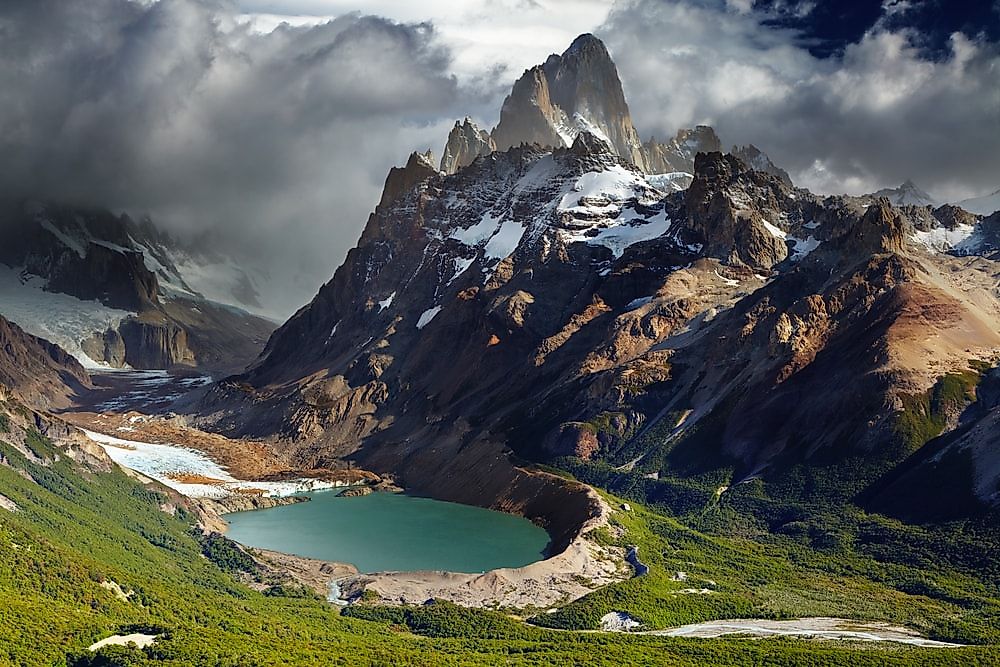
Mount Fitz Roy is the only mountain on the list located in South America. Located in Patagonia on the border between Argentina and Chile, this mountain is dangerous not because of its height but rather due to its sheer granite surfaces and harsh weather. Mount Fitz Roy have not have as many successful summits as others on this list, though the first was in February 1952. One average, one climbing team per year, is successful. Many photographers have died here after falling off its vertical cliffs.
3. Mount Vinson
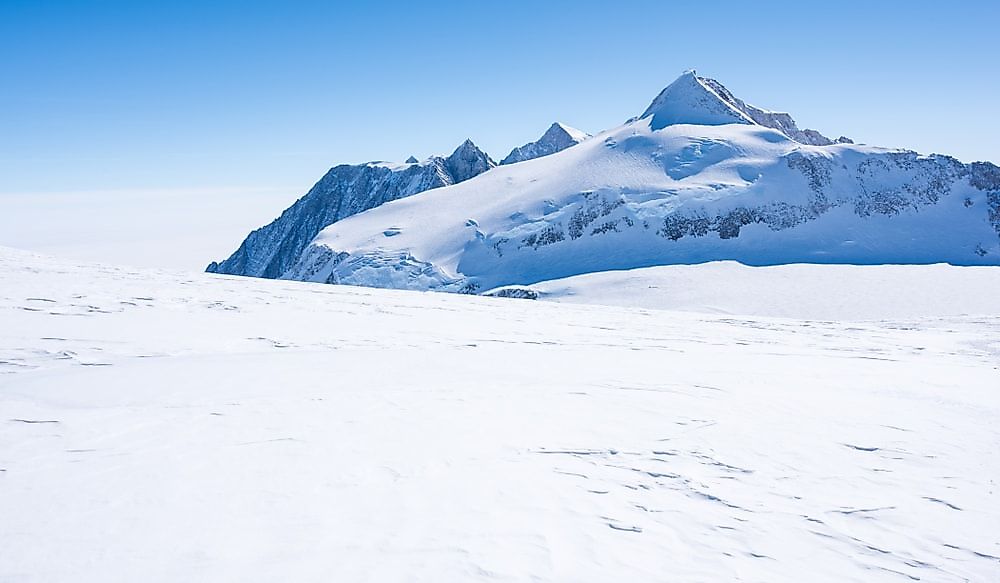
Mount Vinson is the tallest peak in Antarctica. Yes, adamant climbers will even travel to a largely uninhabited continent for a challenging summit. Since 1966 (the first successful climb to the top), over 1,400 people have attempted this mountain. The first ascent was sponsored by the National Geographic Society and the American Alpine Club. The challenge of this mountain is actual the travel into and out of Antarctica and the weather conditions. There have been no deaths.
2. Mount Matterhorn
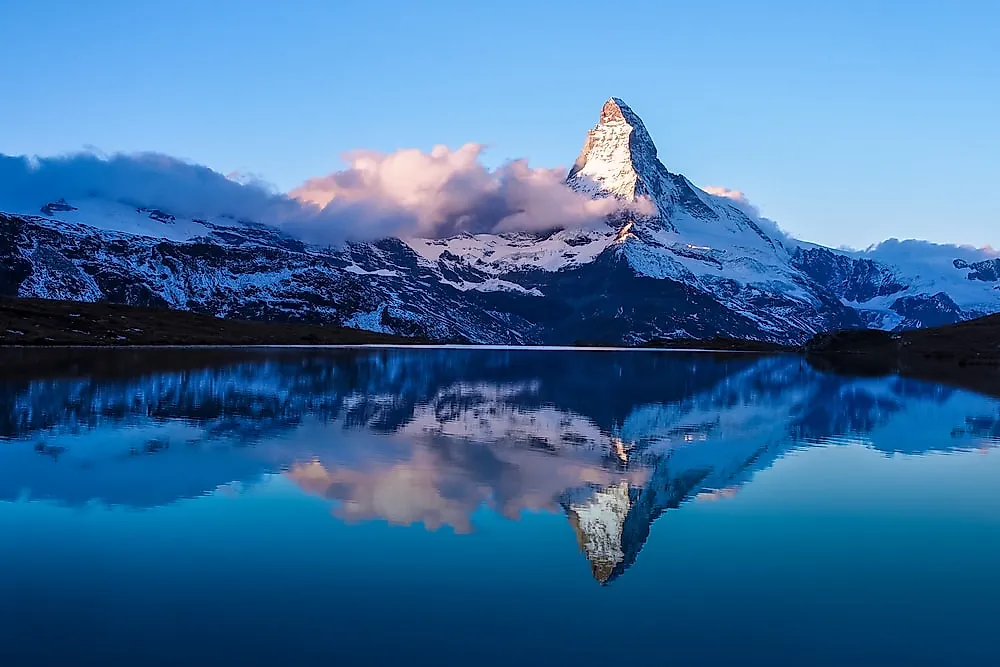
Mount Matterhorn rises in the Alps between Switzerland and Italy to 14,692 feet. Its form is like a four-sided pyramid and makes for excellent photographs. Despite its beautiful image, Mount Matterhorn has the reputation of a dangerous, killer mountain. The first successful climb was in 1865 though it was not without losing four lives due to a rope break. The mountain has claimed over 500 lives since then due to spontaneous avalanches and falling rock.
1. Mount Everest
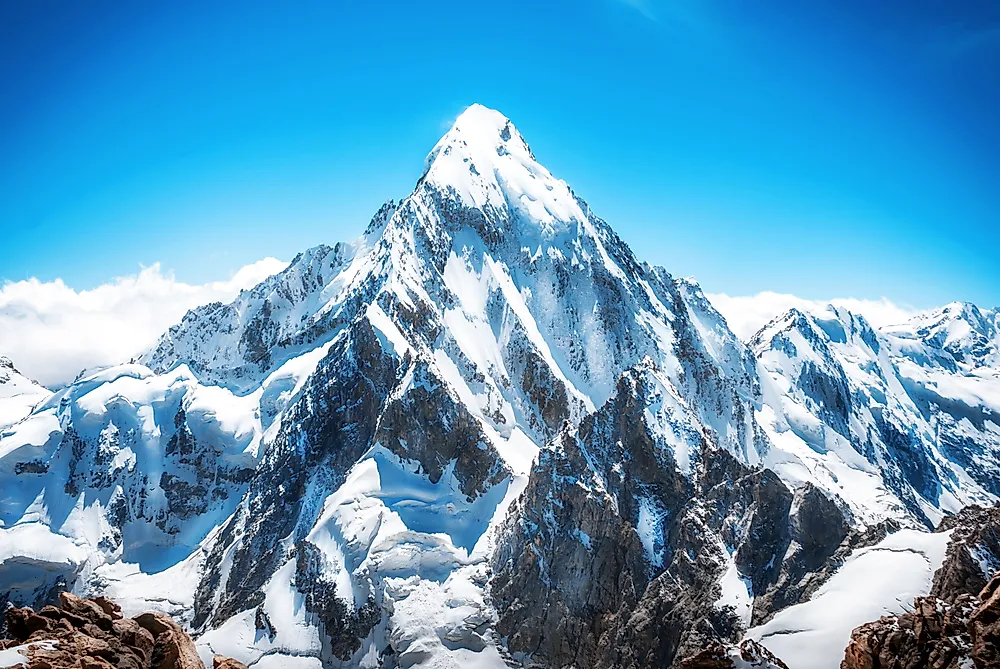
Perhaps the most famous name, Mount Everest, makes the list of the most dangerous mountains in the world. Located in the Himalayan Mountain range in Nepal, Everest is 29,029 feet above sea level. A popular peak with climbers, the first confirmed ascent was in 1953. Newly crowned Queen Elizabeth II knighted the expedition duo. One of the first highly publicized disasters was in 1970 when a Japanese team attempted to find a new route and to ski down the face of the mountain. This attempt resulted in 8 deaths. Over the years, Mount Everest has claimed around 280 lives due to avalanches and unexpected blizzards.











